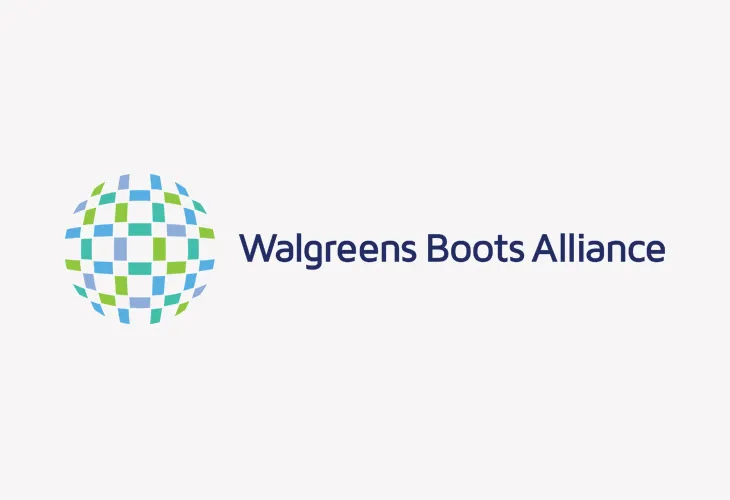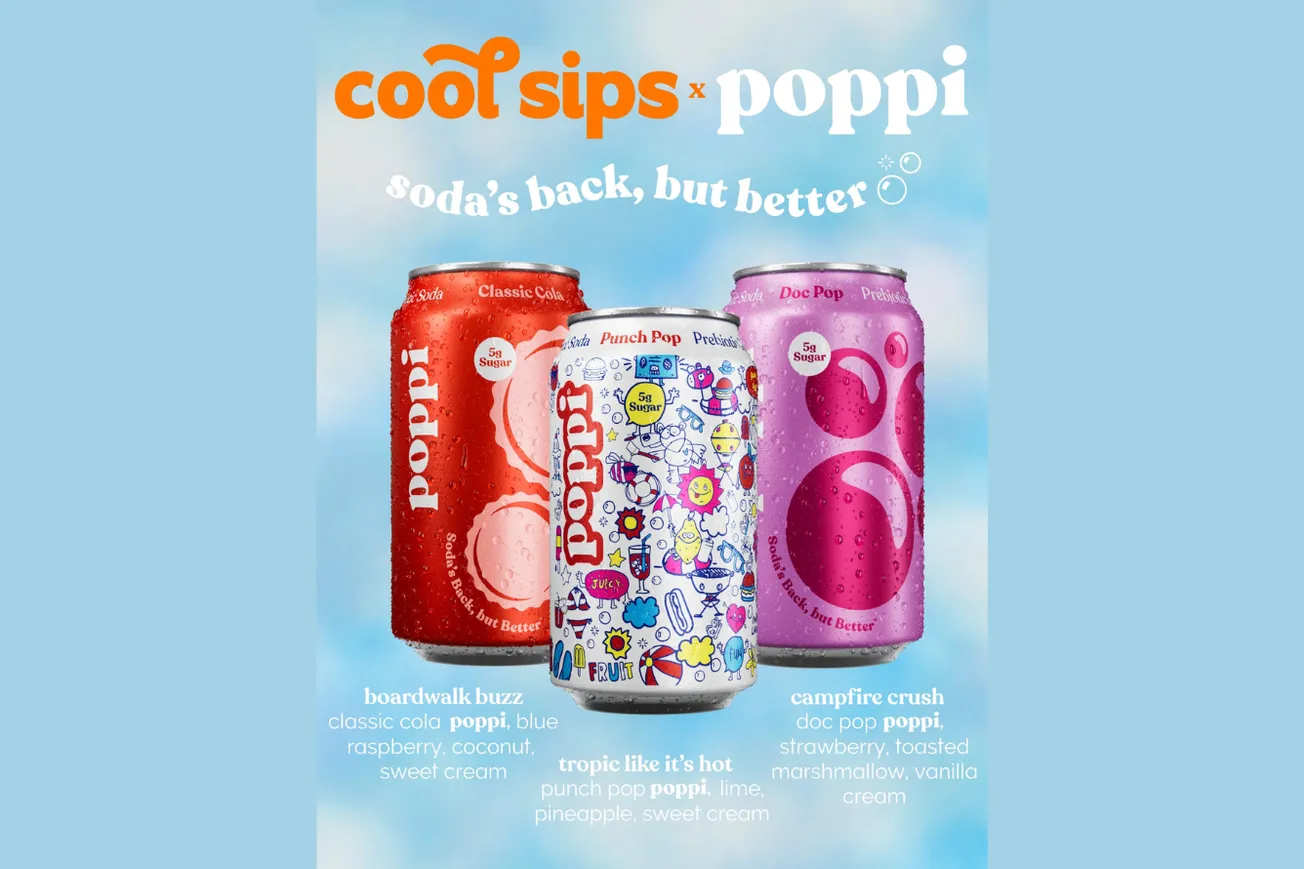Walgreens Boots Alliance, which bills itself as the first global pharmacy-led health and well-being enterprise, is intent on finding strength in the diversity inherent in its scope. Building on a foundation laid in 2007 when the company became a federal contractor in the United States, WBA is working hard to develop a workforce, supplier base and product mix that reflect the variety of the customers it serves.
 Mass Market Retailers recently brought a group of vendors, most of which are owned by members of minority groups or women, to WBA’s headquarters in Deerfield, Ill., to learn more about the company’s diversity and inclusion program and its central role in the overall corporate strategy. Overseen by Rona Fourte, Walgreens’ director of D&I education and supplier diversity, a two-hour seminar and subsequent visit to a store with a large Hispanic clientele, in nearby Waukegan, yielded a portrait of a retailer committed to staying in step with a rapidly evolving marketplace.
Mass Market Retailers recently brought a group of vendors, most of which are owned by members of minority groups or women, to WBA’s headquarters in Deerfield, Ill., to learn more about the company’s diversity and inclusion program and its central role in the overall corporate strategy. Overseen by Rona Fourte, Walgreens’ director of D&I education and supplier diversity, a two-hour seminar and subsequent visit to a store with a large Hispanic clientele, in nearby Waukegan, yielded a portrait of a retailer committed to staying in step with a rapidly evolving marketplace.
An indicator of the comprehensiveness of WBA’s diversity initiative is its inclusion under the umbrella of global human resources, as opposed to the more limited realm of product procurement, where such programs often fall at other retail chains.
“The structure gives us a much stronger approach to the conversation around diversity at large,” said Fourte. “That way we can talk about the workforce at the same time we talk about supplier and product diversity. We want those conversations to bring it all together and communicate that at Walgreens Boots Alliance diversity and inclusion is at the intersection of everything we do.”
The company’s diversity program, which is headed by Carlos Cubia, who was named vice president and global chief diversity officer in last January, rests on three pillars — diversity strategy and programs designed to deliver the message to stakeholders, both inside and outside of WBA; procurement and merchandising integration; and analysis and reporting to track progress toward meeting well-defined objectives. The work is a high priority for top management, particularly co-chief operating officer Ornella Barra and Kathleen Wilson Thompson, executive vice president and global chief human resources officer.
For the suppliers that were present at the seminar and store tour, the pillar of greatest interest, quite understandably, related to what is sold by Walgreens. “What we do essentially boils down to outreach to suppliers that are diverse-owned,” noted Fourte, “learning about them, and bringing them to the appropriate category of buyers for consideration.
“We don’t purchase anything; we have buyers who make those decisions and are held to accountability standards for the performance of the suppliers that they select. What we do is serve as a liaison to the community and find those businesses that are pertinent, because we’re getting the information from consumers as well as the supplier on what they can provide for our customers.”
The other aspect of Fourte’s job, one that was only recently added to her portfolio, is focused squarely on consumers’ in-store experience. “Our team members have to be able to communicate with all of our customers’ bases,” she explained. “We expect our buyers to understand demographics and how to relate to everyone that comes in the stores, and we want our store-level team to have that acclimation as well. So part of the diversity and education work that we’re doing is endeavoring to make sure that store managers, cashiers and other employees receive content that gives them those skills.”
WBA currently maintains nine “affinity groups” of associates, a number that will grow in coming months as the diversity and inclusion program is expanded internationally. Related to different demographic segments, the affinity groups are intended to function as microcosms of the community.
“The groups are a place where we can get insight into what consumers are looking for and identify opportunities,” Fourte said. “That’s important, because we want our team members to feel like they’re engaged with the business decisions.”
Alliances with national, state and local organizations are another source of relevant information utilized by WBA. “We have strategic partnerships to make sure that from a recruitment standpoint, for example, we have access to what we need,” she noted.
“So if we want to recruit more African-Americans, more Hispanic Americans or more Asian-Americans, we have the right contacts to be effective. We have a similar platform for suppliers.”
More detail on parts of the diversity and inclusion framework outlined by Fourte was provided in a subsequent presentation on the nuts and bolts of the company’s supplier diversity program, in-store multicultural merchandising initiatives, corporate social responsibility and the recent relaunch of the Walgreens brand.
Moving away from its longtime positioning at the “corner of happy and healthy,” the drug chain is now stressing its long history of delivering pharmacy care and other essential products and services for consumers. Walgreens’ new tagline — Trusted Since 1901 — reflects the core values of care, trust and accessibility that have always characterized the retailer.
After hearing Fourte and her colleagues talk, it is apparent that WBA’s diversity and inclusion efforts are sure to add to the company’s more than century-old legacy of trust.






